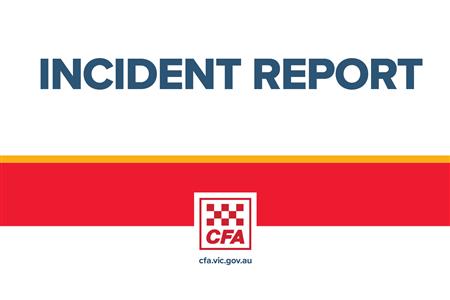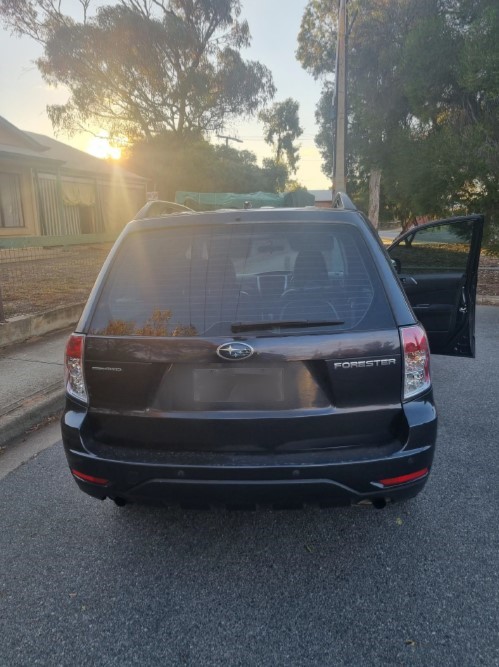During the first year of the pandemic, and amid protests for racial justice following the murder of George Floyd, tech companies such as Google, Yelp and DoorDash started “Black-owned” labelling campaigns to encourage customer support for restaurants and other businesses.
But new research, using cellphone location data, shows that visits to restaurants that identify as Black-owned, compared to those without a label, dropped off after some initial spikes and were inconsistent across 20 U.S cities.
Authors of the study, led by the University of Washington, say the findings raise questions about the effectiveness of such a labelling campaign, and how tech companies and even local governments could better support communities of color, whether through such programs or other means.
“Big tech plays an increasingly influential role in almost every aspect of our everyday life, especially in today’s economic recovery, and the Black-owned labelling campaign appears to be well-intended,” said Bo Zhao, an associate professor of geography at the UW who led the study through his Humanistic GIS Lab. “But what have been the consequences? As allyship to minorities has become a core value of our time, how can big tech become a better and more inclusive ally? This research provides a timely case study.”

This graph shows the weekly visitation patterns of restaurants with a Black-owned label (red line) versus those without the label (blue lines) in 20 major U.S. cities in 2020. The number of visits is compared to the previous year, with “1” being the same number of visits as in 2019.Huang, et al./Annals of the American Association of Geographers
Academic research and media coverage have documented how the pandemic has exacerbated social and health disparities. And while the city- and statewide lockdowns of the pandemic’s early months had significant economic impacts, especially on small businesses, less is known about specific businesses, in specific communities, over time.
The new study, published online Aug. 25 in the Annals of the American Association of Geographers, is among the first to use cellphone location data to estimate restaurant visits, and to use that data to compare impacts.
Several companies initiated a “Black-owned” labelling campaign in spring 2020. The program generally allows an owner to identify their business as “Black-owned,” and, through online reviews, customers can comment on ownership or other aspects of the business.

This screenshot shows how Yelp uses the “Black-owned” label, through ownership reports and customer reviews. These two restaurants in Seattle appeared in the result list after searching “Black-owned” on Yelp.Huang, et al./Annals of the American Association of Geographers
With Yelp’s “Black-owned” label as a guide, researchers then turned to visitation records from SafeGraph, which collects points-of-interest data from the GPS systems of 45 million mobile devices in the U.S. Researchers selected 20 major cities as their sample, to represent a geographic and demographic range, including Chicago, Detroit, New York and Seattle.
Overall, the researchers found there were statistically significant differences between Black-owned and “ownership-unreported” restaurants throughout the 20 cities, primarily measured by relative declines in visits. New Orleans and Detroit showed the greatest disparities, while New York showed the least. Looking at just the first few months after the labelling began, cities such as Baltimore, Denver, and Charlotte, North Carolina, were among those that showed higher spikes in visits to Black-owned restaurants than those whose ownership was unreported.
Due to the number of cities involved, and the fluctuations in the number of visitors at various stages of the pandemic, broader explanations are harder to draw. Early in the pandemic, visits to Black-owned businesses outpaced those to ownership-unreported businesses, peaking in June and July, but eventually declines led to larger disparities between businesses with and without the label.
Further research could explore the different outcomes within and among cities, Zhao said, and, through ethnographic fieldwork and interviews, how the labelling program affected individual businesses. The study cites reports of fake reviews at a Black-owned antique store in Brooklyn to underscore the possibility of harassment and other negative impacts from an online label.

These graphs show weekly normalized visitation patterns in 2020 for Black-owned restaurants (red line) vs. ownership-unreported restaurants (blue line) in 20 cities. Huang, et. al/Annals of the American Association of GeographersHuang, et al./Annals of the American Association of Geographers
First author Xiao Huang, an assistant professor of geosciences at the University of Arkansas, said the study’s findings illuminate another example of how communities of color have suffered more negative impacts over the past two years.
“The voices of the minority, the vulnerable, and others who have been disproportionately affected by the COVID-19 pandemic need to be heard,” Huang said.
The results reveal how a label alone doesn’t necessarily generate sustained positive results, Zhao said. Tech companies have a responsibility, in launching such a program, to think through consequences, listen to business owners and provide supports, including a way for businesses to opt out. But currently, a complete opt-out appears impossible. While a restaurant can terminate the use of the label on a particular platform, previous online reviews, for example, could turn it up.
“It is easy for tech companies to set up an opt-out mechanism, but it is extremely difficult to stop the proliferation of the ownership information if it has been reposted to other outlets or platforms. So, the tech company should inform the business owner of the risk of that information remaining available even after the opt-out,” Zhao said.
Local government agencies, too, can learn from how Black-owned restaurants experienced the pandemic differently, and use the cellphone location data to inform place-based relief strategies in the future, Zhao said.
The study was funded by the Department of Geography Research Fund at the University of Washington. Additional co-authors were Xiaoqi Bao, a graduate student in the UW Department of Geography; Shaozeng Zhang of Oregon State University; and Zhenlong Li at the University of South Carolina.







